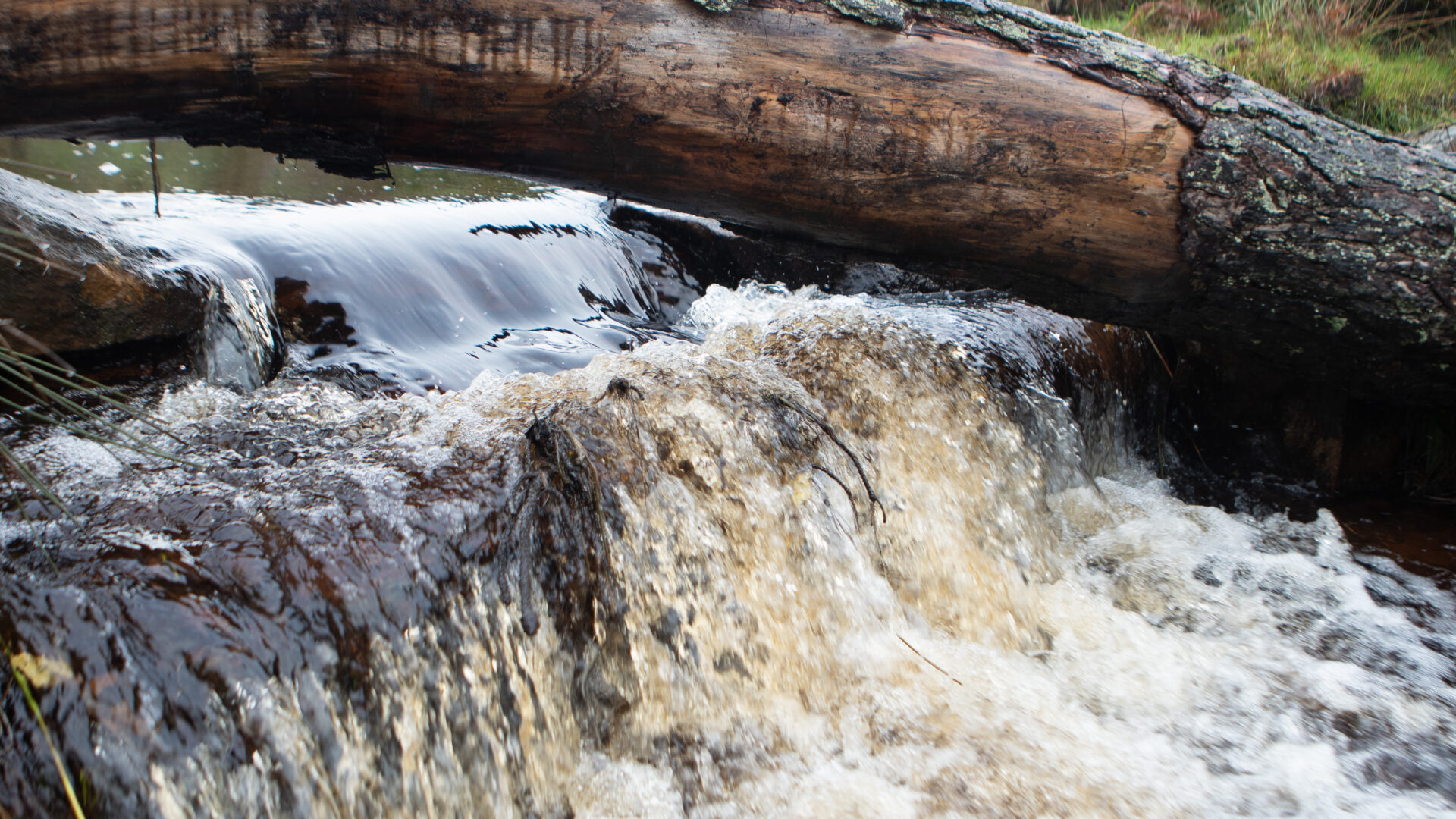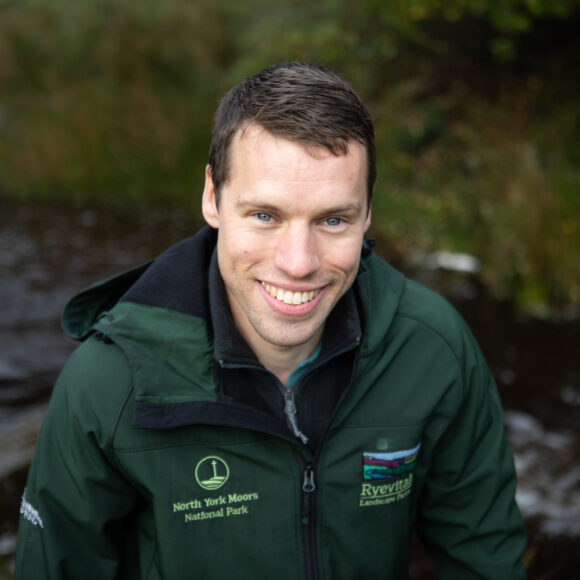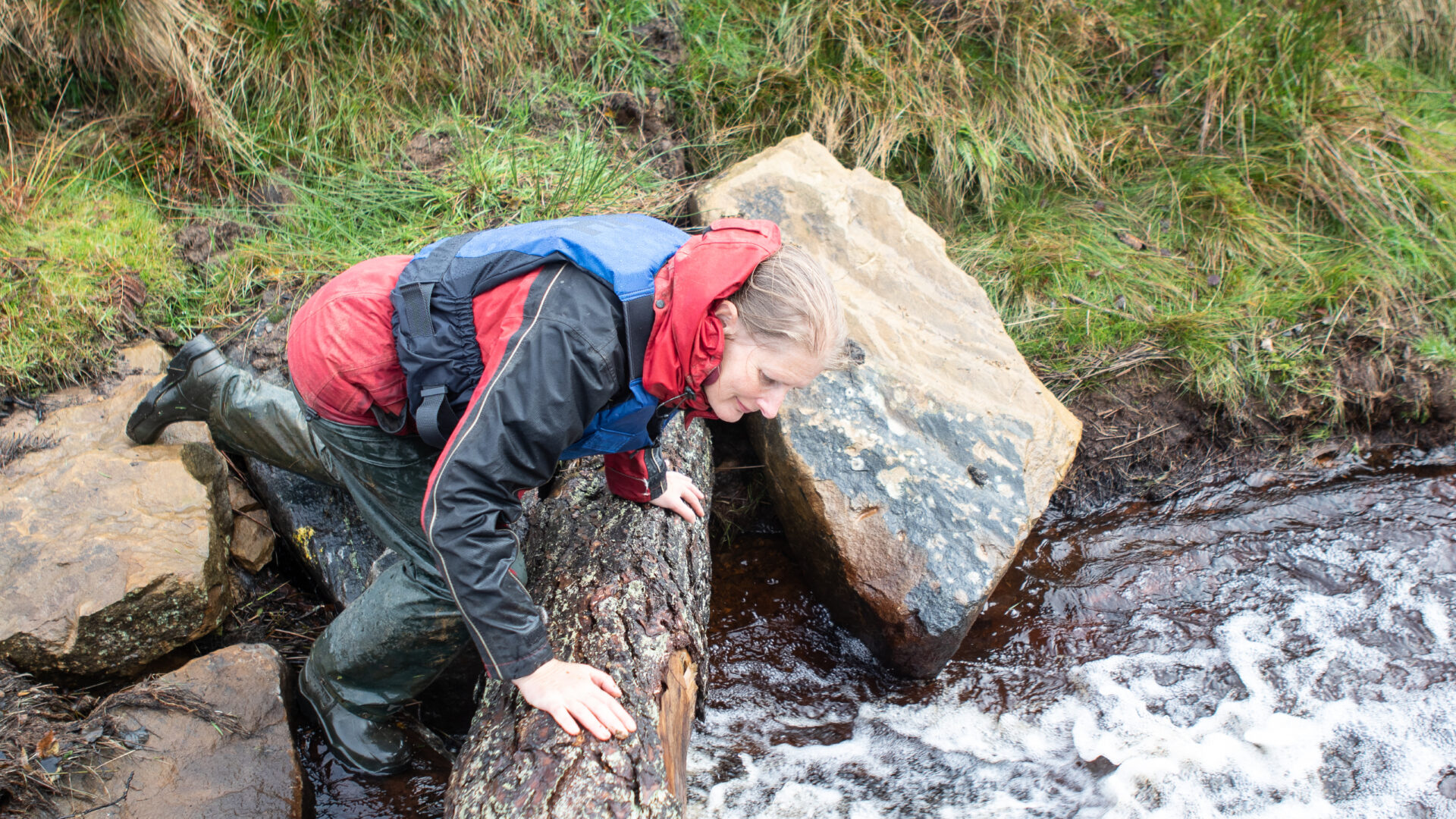
Discover: Nature recovery in Bransdale
-
Date posted: 27/03/2024
-
Time to read: 8 minutes

James Caldwell
For the last 4.5 years, I’ve been the Senior Catchment Restoration Officer at the North York Moors National Park Authority, coordinating restoration work to improve water quality and habitat connectivity through our Ryevitalise Landscape Partnership, made possible by the National Lottery Heritage Fund. I especially like that every day is different and there is always a good mix of site visits alongside the desk-based work. Being able to see and monitor change and the impact of our work over time is really exciting.
As the Senior Catchment Restoration Officer, I am involved with a wide range of works, beginning with farm visits where I identify potential interventions with land managers, which can be taken forward into conservation agreements. These can include options such as the creation of robust riparian habitats along riverbanks or hedge planting, while others are more involved, such as the installation of large woody material to restore a river channel and improve habitats.
In summer 2023 works were undertaken to install a series of large woody dams into the headwater of a watercourse in Bransdale on the eastern reach of our project catchment area. This was particularly special as it was the first time natural flood management options were delivered through the project and embodied a partnership approach to deliver the works, involving National Park colleagues, the land manager, National Trust, a neighbouring Estate, consultants and contractors. Coordinating a wide range of stakeholders and having all the feasibility and consents in place was no mean feat, but seeing this hard work through to completion made it all the more satisfying.

Being involved in the full process from design to implementation has been very interesting, seeing how the works are delivered given some of the challenges we found on site. Appreciating the impact these works have in improving water quality by slowing the flow of water and restoring channel features, which adds greater habitat diversity at a local scale is a very humble feeling, particularly delivering enhancements in the right place based on sound investigation and stakeholder engagement.
Further to the physical works, our volunteers have been pivotal, undertaking survey work in this location to record species presence before the works were undertaken and then following their completion. This data collection is invaluable and helps monitor the impact of the work. If we were to undertake this again, we would look to gather even more data, particularly looking at change in water levels over time using simple monitoring techniques of timelapse cameras and depth gauge boards.

Having visited the site numerous times, and experiencing it across all seasons, the most evocative element noticeable from the works is the audible changes. Previously, the watercourse was very uniform with lots of glides, still water and fairly quiet. Following the completion of the works, the noise of running water trickling over the dams is such an immediate change. It is indicative of improvements to the water course, through the creation of pools and rifles, which will support more species in the watercourse, as well as enhance the habitat within and adjacent to the water.
